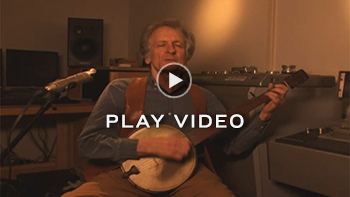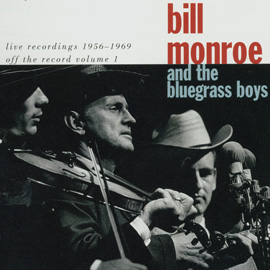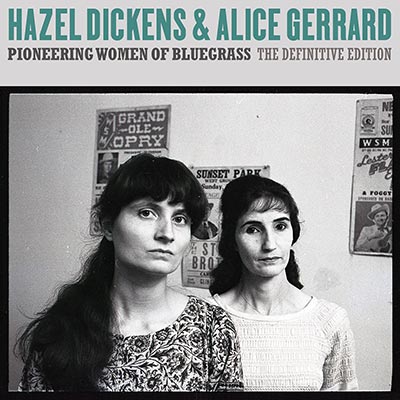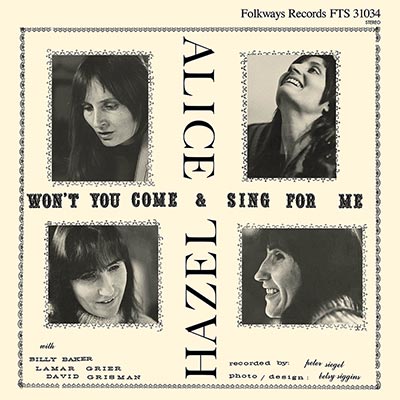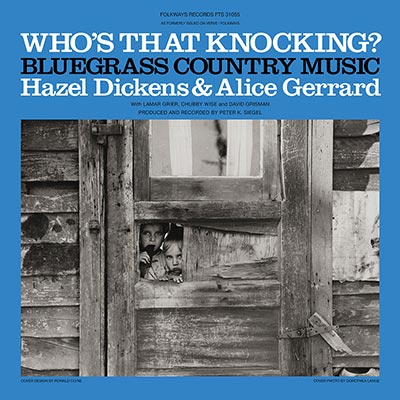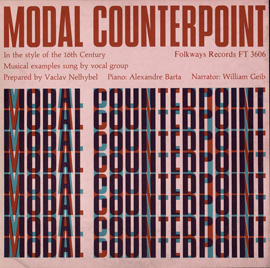Summary
Students will be introduced to American Bluegrass music and Appalachian songs through singing, listening and conversation. A number of songs will be compared leading to a conversation on the characteristics of Traditional American music.
Suggested Grade Levels: 3-5
Country: United States
Region: Southern United States, Appalachia, North America
Culture Group: Anglo-American
Genre: Bluegrass
Instruments: Voice
Language: English
Co-Curricular Areas: Social Studies, Theater
National Standards: 1, 6, 7, 8, 9
Prerequisites: Knowledge of the string family of instruments
Objectives:
- Identify the characteristics of folk music
- Identify Appalachia on a map of The United States
- Listen to two versions of the “Crawdad Song” and be able to compare and contrast the two recordings
- Sing a traditional Appalachian folk song
- Dramatize an Appalachian folk song
- Introduce the history of Bluegrass music
- Relate knowledge of folk music to the characteristics of Bluegrass music
- Identify the instruments used in Bluegrass music by sight and sound
- Become aware of “Newgrass” music (progressive Bluegrass)
- Listen to an example of Newgrass and compare it to Bluegrass music
Material:
- “Crawdad Song” by Woody Guthrie from Muleskinner Blues: The Asch Recordings, Volume 2 (Cat. # SFW40101_122)
- “Crawdad Song” by Doc Watson and Clarence Ashley from Original Folkways Recordings of Doc Watson and Clarence Ashley 1960-1962 (Cat. # SFW40029_101)
- Lyrics for the “Crawdad Song” (Attached)
- Map of the United States
- Children’s Book : Appalachia - the Voices of Sleeping Birds by Cynthia Rylant (1991) Pennyroyal Press
- Props for drama (optional)
- “Bluegrass Breakdown” by Bill Monroe and the Bluegrass Boys from Live Recordings 1956-1969: Off the Record, Volume 1 (Cat. # SFW 40063_117)
- Pictures of the fiddle, guitar, banjo, mandolin, dobro, and string bass (or bring the actual instrument if available)
- “Pig in a Pen” by Smiley Hobbs, Pete Kukendall and Mike Seeger from American Banjo: Three-Fingered and Scruggs Style (Cat. # SFW 40037_102)
- “Train on the Island” by Hazel Dickens and Alice Gerrard from Pioneering Women of Bluegrass (Cat # SFW 40065_110)
- “Walking Boss” by Mike Seeger in the Smithsonian Folkways Studio (video)
Lesson Segments:
- Folk Music of Appalachia (National Standards 1, 6, 7, 8, 9)
- From Folk Music to Bluegrass by Sight and Sound (National Standards 6, 9)
- Bluegrass Music from Pioneering Women to Nickel Creek (National Standards 6, 9)
1. Folk Music of Appalachia
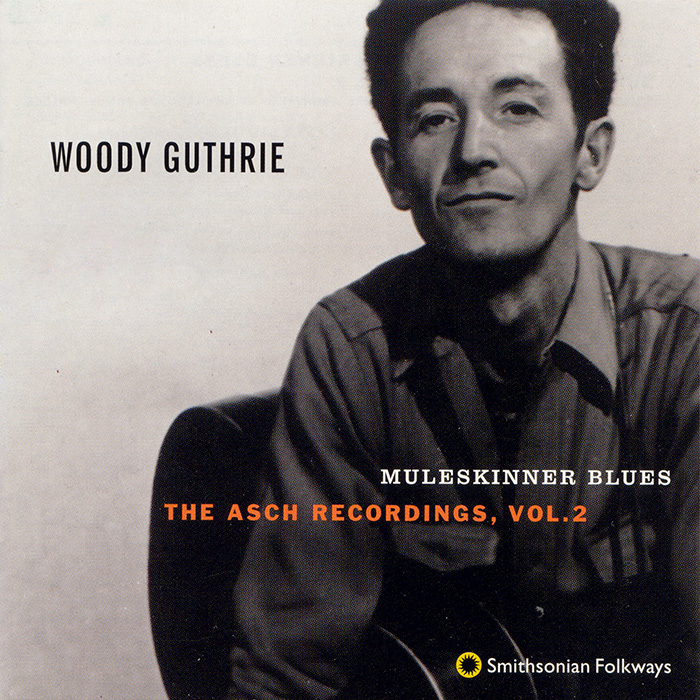
“Crawdad Song”
from Muleskinner Blues: The Asch Recordings, Vol. 2 (1997) | SFW40101
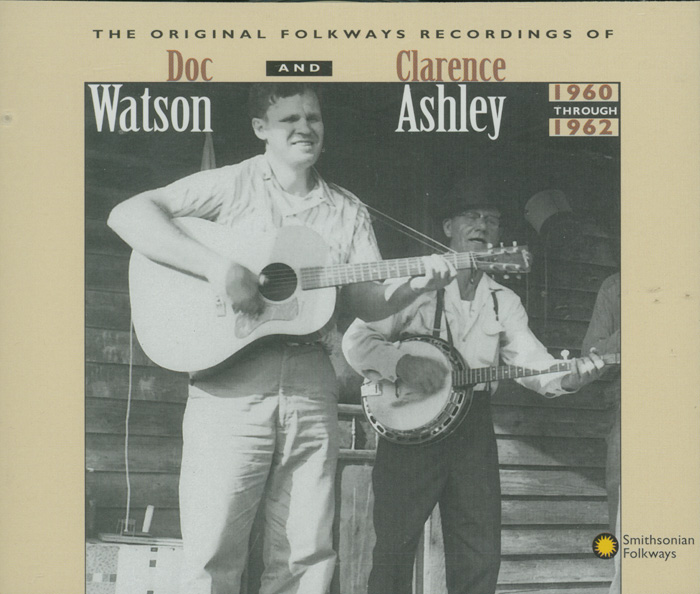
“Crawdad Song”
from Original Folkways Recordings of Doc Watson and Clarence Ashley, 1960-1962 (1994) | SFW40029
- Students will tap a steady beat (tempo determined by the teacher) as they listen to the teacher sing the first verse of the folk song “Crawdad Song”.
- Discuss the style of music of the “Crawdad Song” (folk music)
- Identify the characteristics of folk music
- Teacher reads the book Appalachia: The Voices of Sleeping Birds to the students.
- Locate Appalachia on the United States map
- Discuss Appalachian culture
- Listen to the “Crawdad Song” sung by Woody Guthrie from Muleskinner Blues: The Asch Recordings, Vol. 2.
- Have the students identify the instruments heard on the recording
- Listen to the “Crawdad Song” sung by Doc Watson and Clarence Ashley from Original Folkways Recordings
- Have the students identify the instruments heard on the recording
- Compare and contrast the two listening examples of the “Crawdad Song”
- Distribute the lyrics for “Crawdad Song” (lyrics attached) and have the students sing all of the verses.
- Discuss crawdads, fishing, and the story in the song
- Students sing the “Crawdad Song” and tap the beat while volunteers dramatize the song (props are optional).
Assessment:
Discussion participation, and singing/drama participation.
2. From Folk Music to Bluegrass by Sight and Sound

“Bluegrass Breakdown”
from Live Recordings 1956-1969: Off the Record Volume 1 (1993) | SFW40063
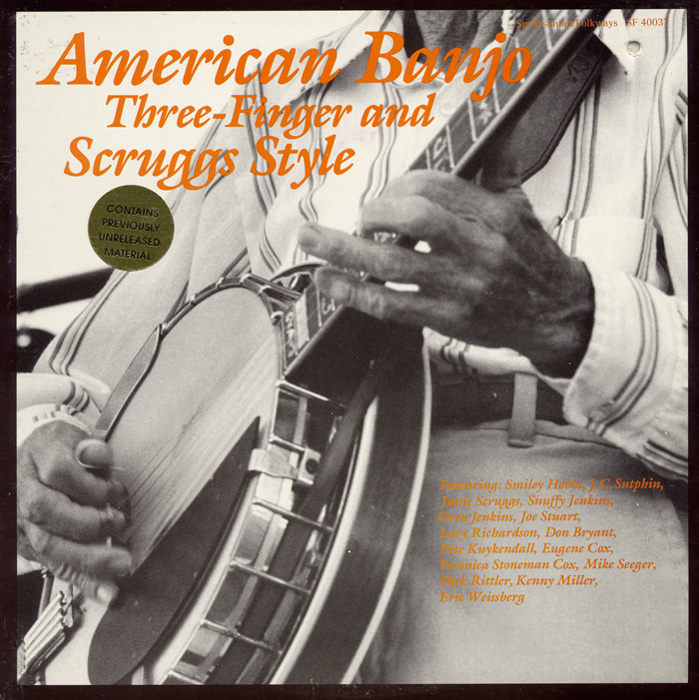
“Pig in a Pen”
from American Banjo: Three-Finger and Scruggs Style (1990) | SFW40037
- Students will tap a steady beat and sing the first verse of the “Crawdad Song” with the teacher.
- Teacher reviews with the students their knowledge of the characteristics of folk music
- Teacher gives a brief history of Bluegrass music as it relates to folk music.
- Students listen to “Bluegrass Breakdown” performed by Bill Monroe and the Bluegrass Boys from Live Recordings 1956-1969.
- Students identify by sound the instruments heard in the Bluegrass recording
- Teacher shows pictures (or shows the actual instrument if available) of the instruments that are used in Bluegrass music:
- Fiddle
- Guitar
- Banjo
- Mandolin
- Dobro
- String Bass
- Students listen to “Pig in a Pen” performed by Smiley Hobbs, Pete Kukendall and Mike Seeger from American Banjo: Three-Fingered and Scruggs Style and raise their hand each time one of the bluegrass instruments is featured as a solo on the recording.
Assessment:
Students will accurately identify by sight and sound the instruments used in Bluegrass music.
3. Bluegrass Music from Pioneering Women to Nickel Creek
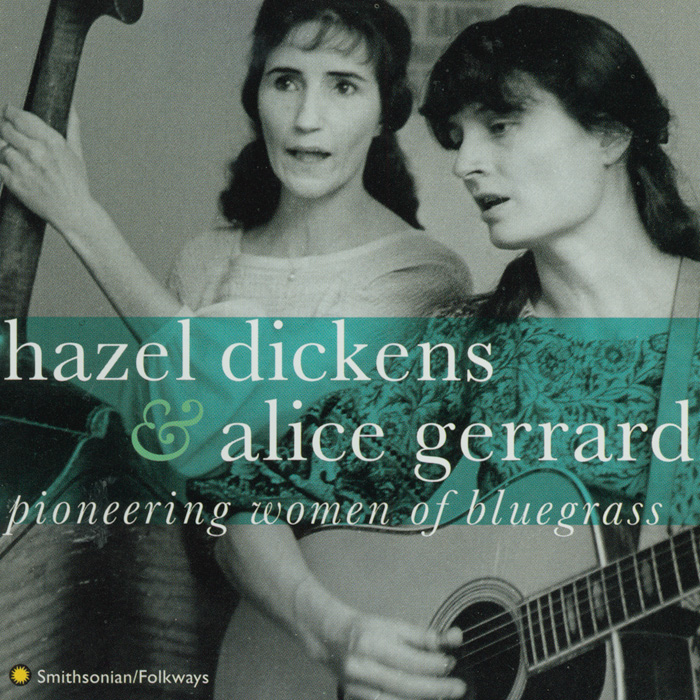
“Train on the Island”
from Pioneering Women of Bluegrass (1996) | SFW40065
- Students listen to “Train on the Island” by Hazel Dickens and Alice Gerrard from Pioneering Women of Bluegrass while tapping the beat.
- Discuss (review) the history and characteristics of Bluegrass music
- Students watch “Walking Boss” performed by Mike Seeger in the Smithsonian Folkways Studio.
- Discuss the video
- Students watch “Foggy Mountain Breakdown” performed by Earl Scruggs and Steve Martin (Scruggs developed the three-finger picking style for the banjo).
- Teacher tells the students about recent developments in Bluegrass music called “Newgrass”.
- Students watch a Newgrass band, Nickel Creek, perform “Smoothie Song”
- Discuss and compare Newgrass and Bluegrass styles of music
Assessment:
Student participation in discussions and listening examples.
Crawdad Song Lyrics
You get a line and I'll get a pole, honey
You get a line and I'll get a pole, sugar-babe
You get a line and I'll get a pole,
And we'll go down to the Crawdad hole
Darlin’, oh baby of mine.
Get up old man you slept too late, honey
Get up old man you slept too late, sugar-babe
Get up old man you slept too late
Last piece of crawdad's on your plate
Darlin’, oh baby of mine.
Get up old woman you slept too late, honey
Get up old woman you slept too late, sugar-babe
Get up old woman you slept too late;
Crawdad man done passed your gate
Darlin’, oh baby of mine.
Along come a man with a sack on his back, honey
Along come a man with a sack on his back, sugar-babe
Along come a man with a sack on his back
Packin' all the crawdads he can pack
Darlin’, oh baby of mine.
What you gonna do when the crawdads die, honey?
What you gonna do when the crawdads die, sugar-babe?
What you gonna do when the crawdads die?
Sit on the bank until I cry
Darlin’, oh baby of mine.
I heard the duck say to the drake, honey
I heard the duck say to the drake, baby
I heard the duck say to the drake,
“There ain't no crawdads in this lake!”
Darlin’, oh baby of mine.


